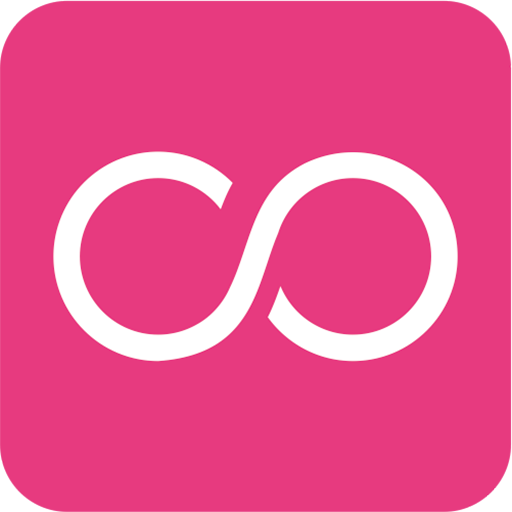Apple’s Health app is a cornerstone for tracking your fitness and wellness goals. With its robust features and intuitive interface, it has become the go-to application for millions of iPhone users around the world. But one key question remains for many fitness enthusiasts: can Apple Health track treadmill activity? The answer is both straightforward and nuanced, depending on how you use the app and the complementary devices at your disposal. Below is a comprehensive guide to understanding how Apple Health handles treadmill activity to ensure that your fitness data remains accurate and complete.
How Apple Health Tracks Physical Activity
Apple Health serves as a central hub for your health and fitness data, collecting information from various sources such as your iPhone, Apple Watch, and third-party apps. When it comes to tracking physical activity, the app uses advanced sensors in your devices—like GPS for outdoor activities and motion sensors for indoor tracking.
Treadmill activity, however, operates in a unique category of fitness tracking. Since treadmills don’t cover ground the way walking outside does, GPS data becomes irrelevant, meaning that your iPhone alone may not provide the most accurate measurement. Instead, Apple Health relies on your Apple Watch or integrated fitness apps for motion-based data.
Apple Watch: Your Best Bet for Accurate Tracking
The Apple Watch is designed to enhance the functionality of Apple Health, especially for treadmill workouts. Equipped with sensors such as an accelerometer, gyroscope, and heart rate monitor, the Apple Watch measures your activities with remarkable precision—even when you’re not moving forward, like during a treadmill run.
When used correctly, the Apple Watch works in tandem with Apple Health to record metrics such as:
- Steps taken during your workout
- Calories burned
- Heart rate (both average and peak)
- Distance covered as calculated by your stride length
To achieve optimum accuracy, it is essential to calibrate your Apple Watch. This involves walking or running outside for at least 20 minutes with both your iPhone and Apple Watch connected. This calibration allows the system to understand your stride length and movement pattern, which is crucial for treadmill tracking.
Is the iPhone Alone Enough?
If you’re solely using an iPhone without an Apple Watch, your treadmill activity may not be tracked as effectively. The iPhone’s motion sensors can record steps and some basic activity data, but they lack the advanced sensors found in the Apple Watch. Additionally, you would need to manually enter treadmill-specific data like distance or incline into Apple Health for complete tracking.
That said, many third-party apps compatible with Apple Health—like MyFitnessPal, Nike Run Club, or Strava—can fill in the gaps, especially if your treadmill supports Bluetooth connectivity. These apps can sync their data directly with Apple Health, allowing for a more seamless integration of your workout metrics.
Third-Party Treadmill Integrations
Modern smart treadmills have evolved significantly and can now connect directly to Apple Health through Bluetooth. These treadmills sync seamlessly with your iPhone or Apple Watch, sending precise data on distance, calories burned, and other metrics to the Health app. If you own a treadmill with such features, keeping it connected during your workouts can add a layer of accuracy to your activity data.
To pair your treadmill with Apple Health, follow these steps:
- Ensure your treadmill supports Apple Health integration or has a companion app that does.
- In the Apple Health app, navigate to Health Data and tap on Devices.
- Find your treadmill in the list of connected devices, or add it manually through its Bluetooth settings.
- Follow on-screen instructions to complete the sync process, allowing data from the treadmill to appear directly in Apple Health.
Not all treadmills are created equally, so ensure that the manufacturer offers Apple Health compatibility before making any purchasing decisions.
Tips for Maximizing Treadmill Accuracy
Accuracy is paramount for effective fitness tracking. Follow these tips to ensure Apple Health captures your treadmill workouts correctly:
- Wear your Apple Watch: Your Apple Watch is specifically calibrated to detect treadmill activity and will provide the most precise data.
- Manually input data: If you notice discrepancies, manually enter your workout details (time, calories, or distance) into Apple Health to keep logs accurate.
- Calibrate regularly: Recalibrating your Apple Watch by walking or running outside can help improve future treadmill tracking.
- Sync your treadmill: Ensure your treadmill, if compatible, is paired with Apple Health to automate data collection.
Conclusion
In summary, Apple Health does track treadmill activity, but its accuracy and ease of use depend largely on the devices and apps you integrate into your fitness routine. By using an Apple Watch, syncing third-party applications, or connecting a smart treadmill, you can ensure that your treadmill workouts are logged with precision. While the iPhone alone can provide some limited tracking, pairing it with additional tools is highly recommended if you regularly use a treadmill.
By understanding these options and optimizing your setup, you can make the most of Apple Health to support your fitness journey, whether you’re walking, jogging, or running in place.

